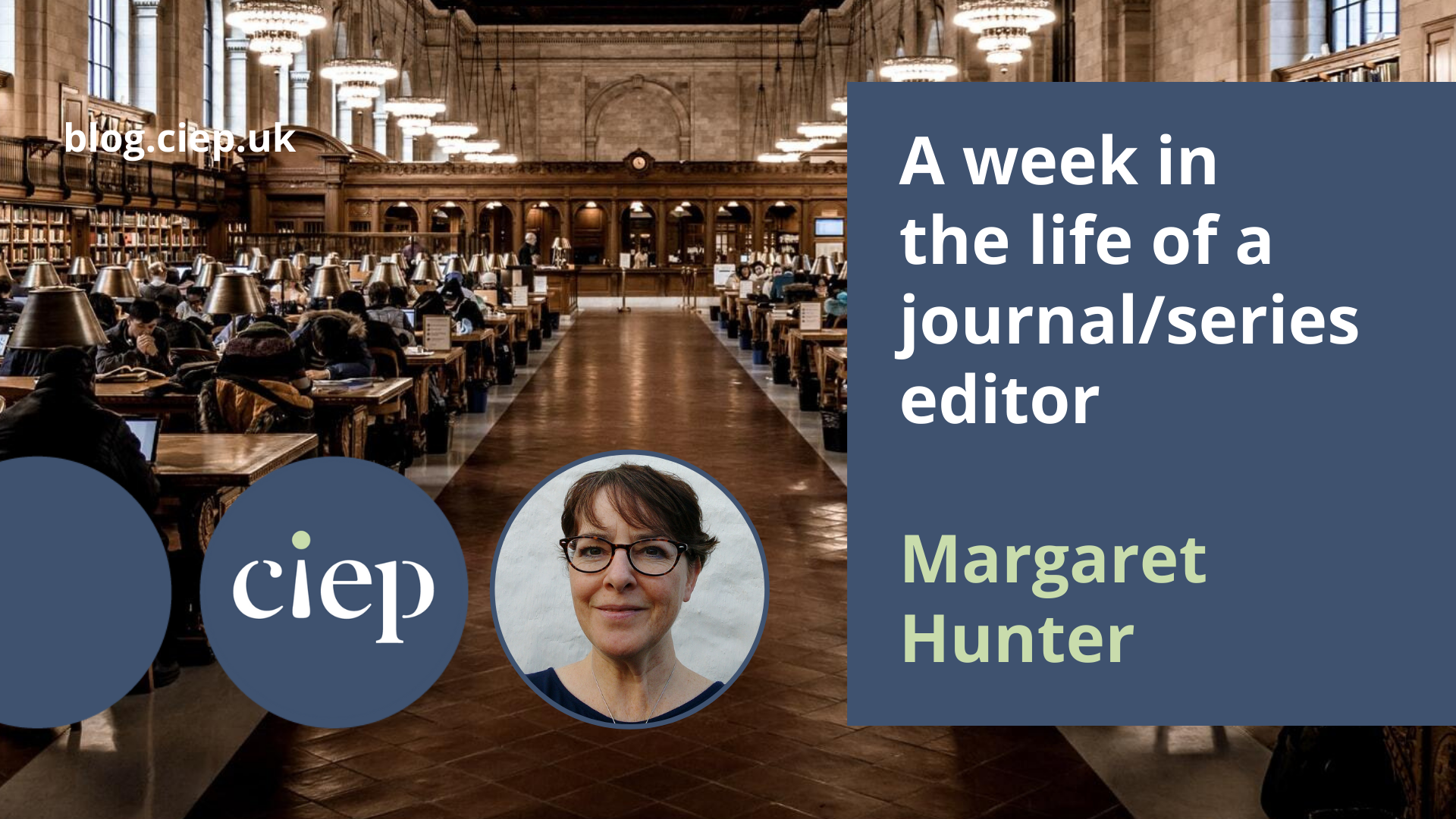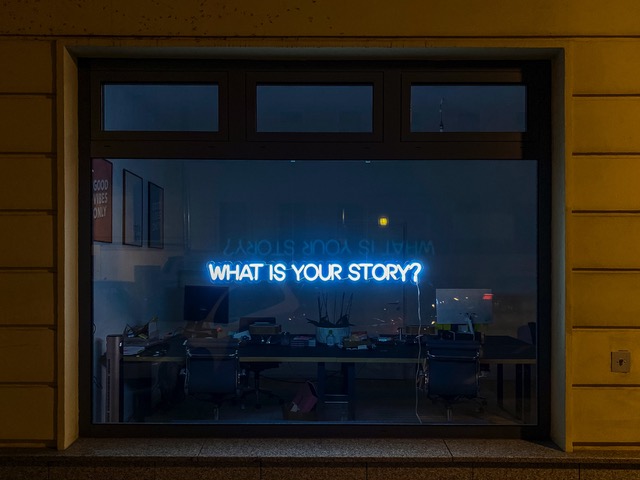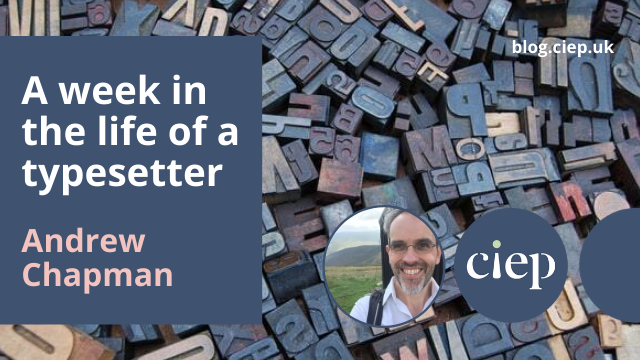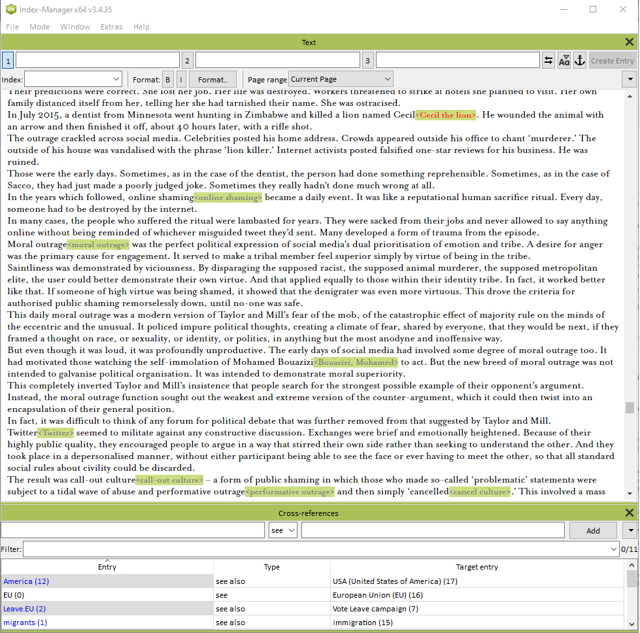Since moving to the USA, freelance editor Christina Petrides has picked up a more unusual type of proofreading work. She tells us what a typical week proofreading legal transcripts for court reporters looks like.
Court reporting in the USA
Unlike in the UK, the US legal system still relies on human court reporters – also known as stenographers – to accurately record what is discussed. (The UK system has moved to digital recording.) Think of any American TV courtroom drama and there is usually someone quietly typing away on a funny-looking typewriter – the stenotype or stenograph machine – and you’ve got the idea.
Similar to shorthand, the machine has a series of keys that are programmed by a court reporter to reflect the phrases they come across most often. These could relate to the types of cases that they report on, their location or the sort of cases they take on – eg trials, depositions, hearings (arguing legal motions) before a judge or even company board meetings – making it easier for them to quickly record what is being said.
Once a hearing or deposition is over, the court reporter will translate the text, transforming the shorthand text into English, and do a first edit. Then it’s ready for proofreading. There are specific software programs that court reporters use and proofreading can be done either
- directly into the software program
- in PDF format using annotations on the full file, or
- in PDF but returning only an errata sheet.
Proofreading depositions and hearings
I work with three court reporters, two of whom work full time. They are based in Utah, Illinois and Florida but often work with lawyers or on cases filed in other states. Between them they work on depositions and hearings on injury law, corporate disputes, property tax and local planning meetings. They all send me a PDF file for proofreading and expect a full marked-up file in return.
The critical element of proofreading a verbatim transcript is that you cannot make any changes for bad grammar or incorrect phrasing. What you can do is ensure that a transcript is readable and clear. Nowadays, searchability is also important since lawyers will often do a search with specific words, so consistency is crucial. I use the iAnnotate program on my iPad to work and have created stamps for the most common issues or words that I encounter or use. It also allows me to type in words where I think something may be missing and to highlight text to draw attention to something that is unclear.
Is there such a thing as a typical week in court reporting?
Not really! While there may be similarities across the types of cases, each one is unique because each involves different individuals. After three years, I am a little more familiar with the lawyers that engage my court reporters most often. So I’m more accustomed to how they speak – short, pointed sentences or long, rambling trains of thought.
But the plaintiffs and defendants in every case are different. They have their own way of expressing themselves, and more often than not this is their first deposition so they’re nervous. In many cases an interpreter is involved. Some people mumble, making it harder for the court reporter to pick up the correct words, while others nod and shake their heads or say ‘It hurts here’ not realising this won’t make any sense to whoever is reading the transcript. Then there are those who don’t have English as a first language but don’t need an interpreter and have an unusual way of getting across what they want to say.
Proofreading throughout the week
Copyediting and proofreading are so different that I find I can switch between them throughout the day and week and reset my brain, keeping it fresher and getting more done than if I only worked on long projects. I tend to start my day with a strong coffee and a transcript – the double whammy fires up my mind! – and come back to it as and when I need to switch things up.
The most common issues I find are typos (which could be a mistranslation or reporter error) and misplaced or missing punctuation. Readability is key, so punctuation matters. Without changing the meaning of what a deponent is saying, I try to ensure a sentence is clear and understandable. Occasionally, if a proposed comma could alter the meaning, I add a note in the margin so the reporter knows to check against the audio; after all, they were there so will know better than me what a deponent was trying to say and they must certify this is an accurate transcript. Otherwise, inverted words crop up, homophones creep in, and double words make an appearance in most transcripts.
Scheduling transcripts into my workload
After three years, I’m comfortable with how many pages I can proofread in an hour, so it’s easier to schedule the transcripts I need to turn around into my week. The tricky part is that I rarely know what’s in the pipeline. Regular turnaround is three days, so unless I’m inundated from all three court reporters, it’s manageable. A few times a month there will be a rush job that needs a 24-hour turnaround, but my reporters will always check my availability first. Then there is the odd occasion when I need to drop everything and get a transcript proofread.
The best part about this type of work is that I have learned so much about life here: the geography of different states, linguistic nuances from one region to the next, new expressions I’d never heard of before, and how different people live their lives. I can’t live without my online Merriam-Webster dictionary link, and Google is my best friend for checking new place names and proper nouns and sleuthing for clues of what something could possibly mean or how it may be spelled. This often happens when people use industry jargon.
I got started with this work after my husband (a former proofreader who specialised in this field) trained me on the characteristics of verbatim legal transcripts and passed on some of his clients, and I’m glad I did. There are rare times when the details of a case are difficult to read about, but I love it. How could I not when I’ve got the odd malapropism to keep me amused – like the deponent who kept saying that people did things ‘of their own fruition’ – and I can literally work from anywhere on my iPad?
About Christina Petrides
 Christina Petrides is a digital nomad and spends much of her time working on the road. She switched to editing and proofreading in 2017 after a career in environmental consultancy. As well as proofreading for court reporters, she edits non-fiction texts for academics and publishers, specialising in the environmental and sustainability fields.
Christina Petrides is a digital nomad and spends much of her time working on the road. She switched to editing and proofreading in 2017 after a career in environmental consultancy. As well as proofreading for court reporters, she edits non-fiction texts for academics and publishers, specialising in the environmental and sustainability fields.
 About the CIEP
About the CIEP
The Chartered Institute of Editing and Proofreading (CIEP) is a non-profit body promoting excellence in English language editing. We set and demonstrate editorial standards, and we are a community, training hub and support network for editorial professionals – the people who work to make text accurate, clear and fit for purpose.
Find out more about:
Photo credits: header image by WilliamCho on Pixabay, empty US courtroom by David Mark on Pixabay.
Posted by Eleanor Smith, blog assistant.
The views expressed here do not necessarily reflect those of the CIEP.



























